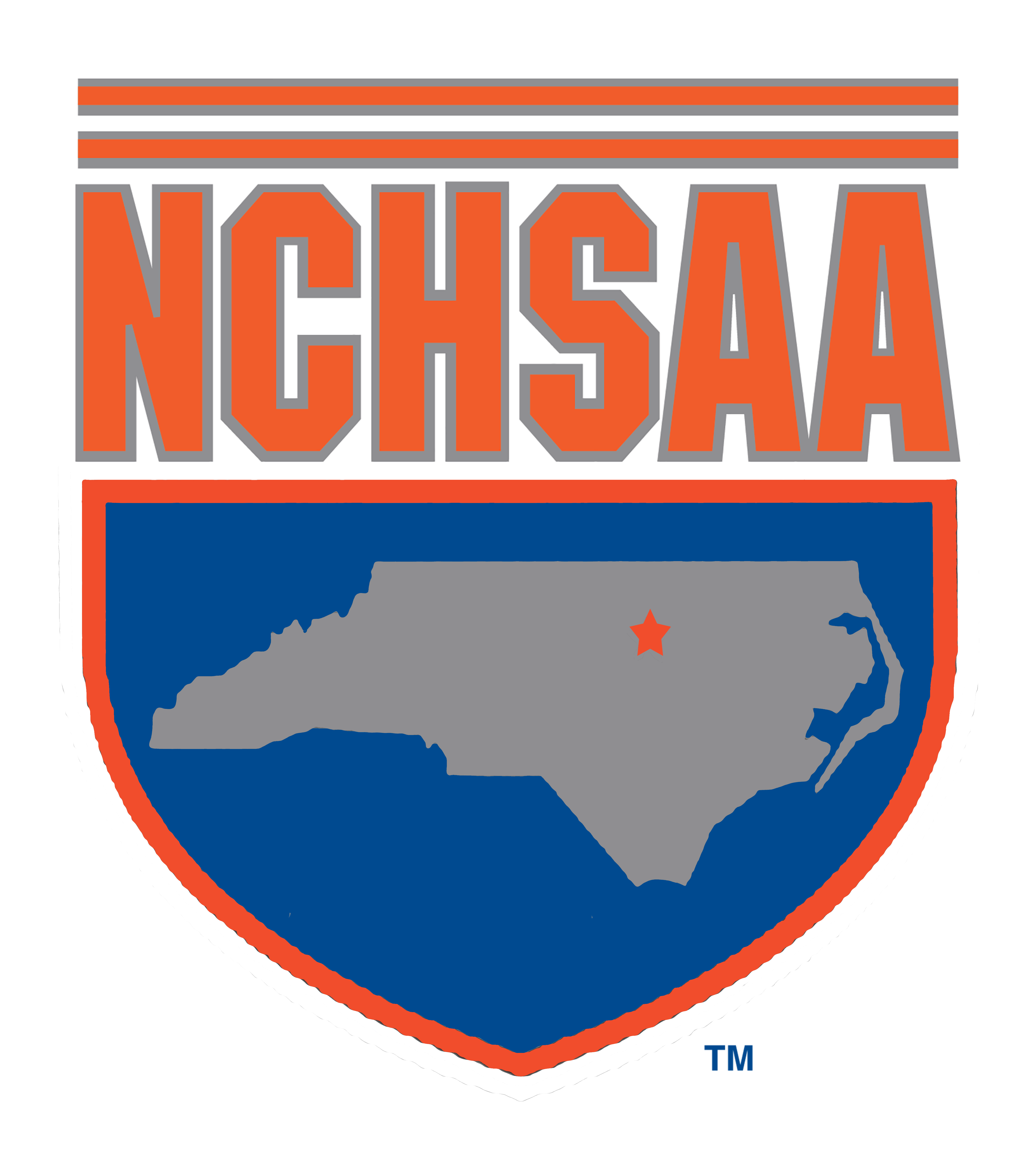By Wide Margins In Massive Statewide Academic Study
7 Criteria Used For Comparison by ECU Doctoral Candidate Gary Overton
Another comprehensive, statewide study of the academic performance of high school student-athletes in North Carolina has once again revealed significant differences between athletes and nonathletes.
The study was done by Gary Overton, a doctoral candidate in the School of Education at East Carolina University, in collaboration with the North Carolina High School Athletic Association and its Student Services Division.
The actual title of the study is "A Qualitative Analysis of the Educational Performances of Athletes and Nonathletes in the High Schools of North Carolina." A total of over 125,000 high school students at 131 of the NCHSAA's member schools are included in the study. Every school using North Carolina's Student Information Management System (SIMS), which represents over 300 schools of the NCHSAA membership, was eligible to participate; NCHSAA member schools in the Charlotte-Mecklenburg, Cumberland County and Asheville city systems have their own student information systems and do not use SIMS.
This is the third study of student-athlete performance with which the NCHSAA has been involved, and in each study the performance of athletes far exceeds that of non-athletes. The first study was based on information from the 1994-95 academic year and the second was a study of a three-year period, from the 1993-94 academic year through the '95-'96 year.
For this latest study, seven different criteria were used to compare athletes and nonathletes, including grade point average, attendance rate, two different end-of-course testing components, discipline referrals, dropout rate and graduation rate, for the 1999-2000 academic year. Gibb Warrick of the Union County schools developed the actual computer program used by SIMS operators to gather the data.
Overton notes that it was the magnitude of the difference between athletes and nonathletes, which surprised him. "The most surprising aspect of the study was not that athletes as a whole do better, but the percentage of difference for each of the seven variables. To have a major difference in one would not have been surprising, but in all seven is a different story. And the differences held true for whatever comparison we were making or however we examined the data– by gender, by different ethnic groups, no matter how we did it."
Some of the major findings of the study include:
Grade Point Average: the mean GPA for athletes in the study was a 2.98, while the mean GPA for nonathletes was only 2.17; in every subgroup studied, the average GPA for athletes was higher than nonathletes, ranging from 17 percent to 23 percent higher depending on the subgroup.
Algebra End of Course Testing: the mean score for this particular end of course test was eight percent higher for athletes than non-athletes, with a 66.1 for athletes against a 57.9 for non-athletes.
English End of Course Testing: once again the mean score for athletes was higher, this time by 11 percent, with a mean score of 61.4 vs. a 50.8 for non-athletes.
Attendance: the average number of absences was significantly lower for athletes than nonathletes; the mean average number of days missed by athletes was 6.3 days per 180-day school year, as compared to 11.9 days for nonathletes. Basically, athletes averaged missing over one week less of school during the 1999-2000 school year than did the nonathletes.
Discipline referrals: the percentage of discipline referrals by the reporting schools was lower for the athlete group than the non-athlete group; referrals for athletes ran at a 33.3 percentage while the referral percentage for nonathletes was 41.8 percent. That means that almost 10 percent more of the
nonathlete population in reporting schools were referred for discipline problems than the athlete population.
Dropout rate: there was a dramatic difference in the dropout rate; the mean dropout percentage for athletes was a miniscule 0.6 percent, while the corresponding percentage for nonathletes was 10.32 percent. Stated differently, the dropout rate for athletes ran more than12 times lower than the rate for the nonathletes group, and this gap has widened compared to the last study.
Graduation rate: again, the percentage of graduates was significantly higher for the athlete group than the non-athlete group; the mean graduation percentage for athletes was 99.4 percent as compared to 93.51 percent for nonathletes.
Overton points out that there are certain limitations to the study. Like the other studies done, it was voluntary, and not all schools utilize the SIMS program anyway, so the goal of having 100 percent of the NCHSAA member schools participating is not possible. The data collection instrument collected only certain data, and there is the possible impact of between-school differences on such items as grade point averages and discipline referrals. There was also no attempt to deal with the question as to why there might be a difference between the performances of the two groups in question.
Overton has a great athletic background. A former athlete at Ahoskie High School, he has been an instructor at East Carolina for 24 years and for 12 years served as the Pirate head baseball coach. "That's one reason I have been so interested in this topic," says Overton. "I've been to a large number of the high schools in North Carolina and we always emphasized academics when I was recruiting and coaching, so this was a natural thing for me to explore."
"This is just another great example of how in general our student-athletes are performing," said Que Tucker, associate executive director of the NCHSAA and the director of the Association's Student Services Division. "Gary's research is certainly in line with what we thought and gives us the most up-to-date indication of how our student-athletes are achieving in the classroom. The dropout statistic is particularly astounding."
